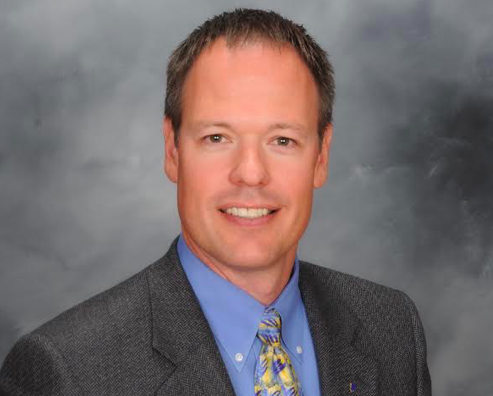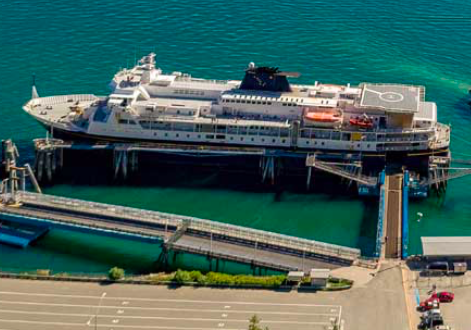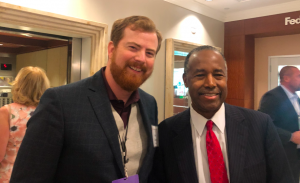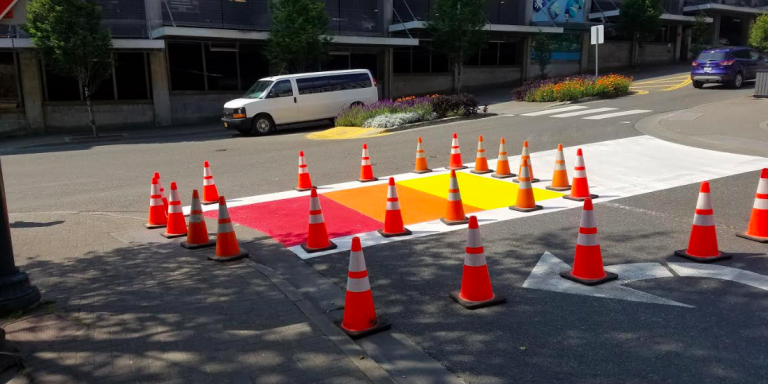The MRAK Almanac is your place for political, cultural, and civic events, events where you’ll meet political leaders or, if you are interested in getting to know your state, these are great places to meet conservative- and moderate-leaning Alaskans.
Alaska Fact Book
Question: How many governors has Alaska had since statehood?
Answer: While there have been 14 gubernatorial administrations since Alaska achieved statehood in 1959, the oath of office has only been uttered by 12 individual people. This is because two of our governors (Gov. William Egan and Gov. Wally Hickel) served two non-consecutive terms as governor. Of our 12 governors, only two (Gov. Jay Hammond and Gov. Tony Knowles) served two consecutive terms in office. Alaska is rather hard on its governors, if you haven’t noticed.
Events
8/1-8/2: The State Board of Registration for Architects, Engineers, and Land Surveyors will hold their quarterly meeting in Anchorage. Further details here.
7/31-8/4: Gold Rush Days in Valdez. This annual 5-day event celebrates both the rich history and future of Valdez. Festivities include old time games, gold panning, a gold rush parade, and so much more. See the full event lineup here.
8/2: The Tanana Valley State Fair begins in Fairbanks at noon. This year’s endearing theme is “Love is a Cattle Field”. Today is Mining Day at the fair, sponsored by the Council of Alaska Producers.
8/2: Weekly summer block party in Juneau at 5:30 pm, sponsored by the Juneau Arts and Humanities Council. Enjoy live music, local food trucks, and a beer garden. Read more about these recurring events here.
8/2: Interior AK GOP weekly luncheon at Denny’s in Fairbanks. Lunch starts at 11:30 am and this week’s guest of honor Senator John Coghill who represents Senate District A in the Alaska Legislature.
8/2: First ever Alaska VA Job Fair from 10 am – 2 pm in Anchorage. Over 50 employers will be present. Read more at the Facebook link here.
8/2: Wrangell Community Market at 10 am. Read more here.
8/4: Fairbanks Paddlers will put on their annual Wooden Boat Rendevous. Join the paddlers as they float down the Chena River, ending with a BBQ at Pioneer Park. Read more here.
8/2-8/4: Annual Salmonfest music festival in Ninilchik. Tickets are $169 for adults, explore the talent lineup at this link.
8/2-8/4: Celebrate the arrival of the blueberries with at the 44th annual Blueberry Arts Festival in Ketchikan. Festivities include a blueberry parade, a blueberry dish contest, and a human-powered boat race. Read all about the festival at this link.
8/3-8/4: Explore Alaska’s largest outdoor market at the Anchorage Market in downtown Anchorage. Begins at 10 am, over 300 vendors will be present.
8/3-8/4: Alaska Veterans Gun Show in Anchorage at Lumen Christi High School. General admission is $5, and the show is set to begin at 10 am. Remember that all local, state, and federal firearm laws must be followed. Read more about the show here.
Alaska History Archive:
August 2, 1913—106 years ago: Bobby Sheldon made history by becoming the first person to drive an automobile from Fairbanks to Valdez on what would later become the Richardson Highway. The Model T Ford made the roughly 370-mile trip in a little over a week, which considering the conditions of the trail and the raging river crossings involved in the journey, was quite impressive.
August 2, 1923—96 years ago: President Warren G. Harding passed away in San Francisco at the age of 57. Harding had recently completed his weeks-long trip to Alaska, where he toured the new university in Fairbanks and drove the golden spike in the Alaska Railroad. The circumstances of Harding’s death remain shrouded in mystery to this day, with some claiming that it was a simple heart attack and others suggesting that perhaps he was neglected by his wife, Florence. The president’s death rattled the nation, as he was generally a well-liked president and his aides had assured that nation that he was in good health.
August 3, 1958—61 years ago: The first undersea voyage to the North Pole was made by the first operational nuclear submarine, the USS Nautilus. The Nautilus disappeared below the Arctic Ocean’s surface near Point Barrow on August 1 and arrived at the North Pole two days later after traveling almost 1,000 miles underwater.










